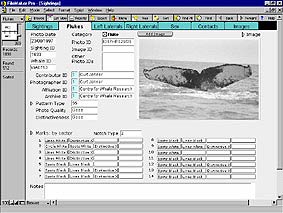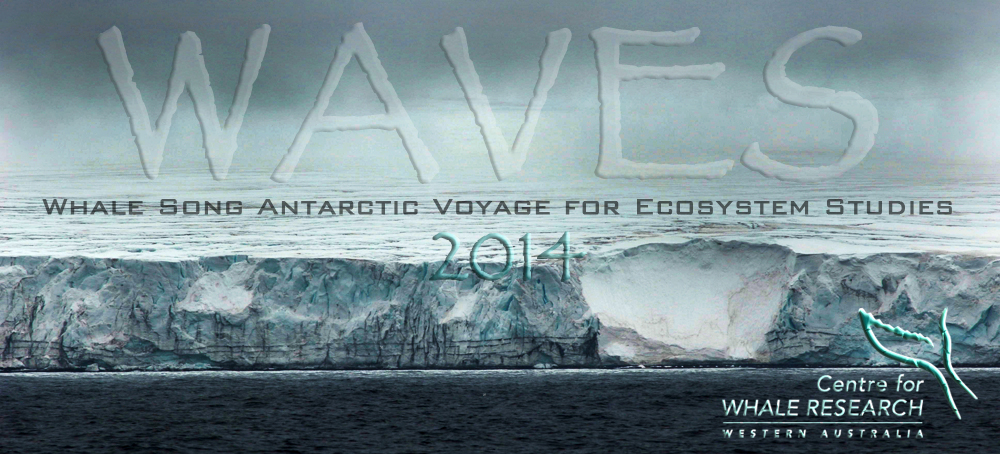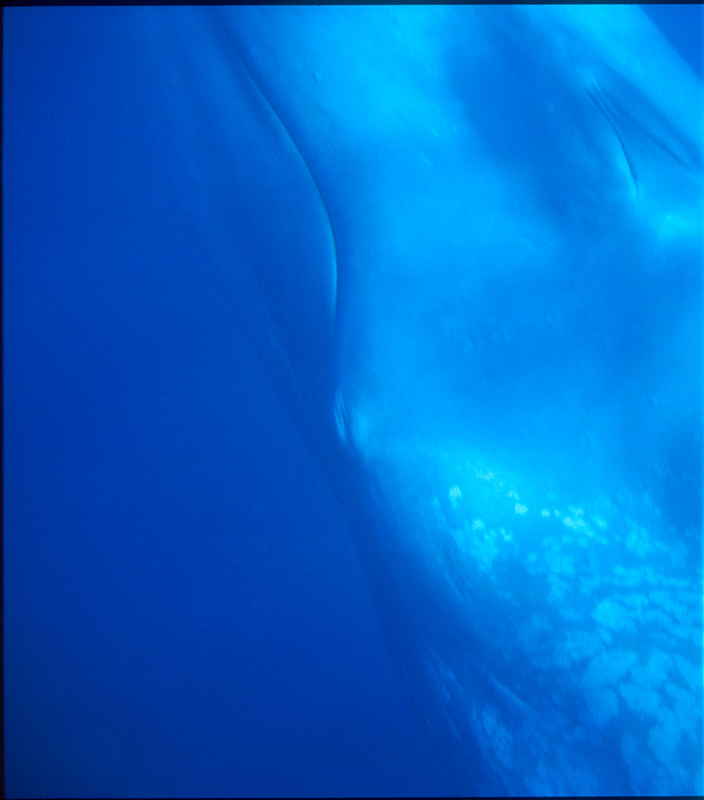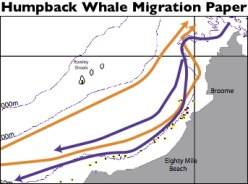Photo Identification

A screen grab from the CWR humpback whale photo-id catalogue which now contain over 3000 individual whales .
Background
In 1999 the CWR was funded by Environment Australia to develop a digital photo database which, when compared, could be used to determine population size, migratory routes, rate of migration, calving intervals and distribution of individuals in resting and calving areas. Two preliminary stages of processing were necessary to begin matching tail fluke photographs in the CWR catalogue against each other and other collections.
- Stage 1 involved digitising the existing photo-identification catalogues of the Centre for Whale Research (WA) Inc., which totalled over 3,000 images at that time.
- Stage 2 involved categorising and grading each digitised photograph for use with a computer programme developed specifically for matching humpback whale tail flukes by the National Marine Mammal Lab (NMML, NOAA),. Seattle, Washington, USA. That programme was the most effective currently available for data manipulation of this type.
The database could then be compared for repeat sightings (resights) of whales within and between years as well as between populations.
Since 1999, the size of the Centre’s catalogue has doubled to over 6,000 images of 3,000 whales with a resultant 272 resights.
The value of long term datasets is enormous when trying to manage and mitigate human impact. As populations of great whales recover from the brink of extinction in the face of ever increasing human activity, photo-identification will remain one of the best tools to gauge this recovery from one generation to the next.
Goals
Research groups compile and analyze photo databases in order to determine population size, migratory routes, rate of migration, calving intervals and distribution of individuals in resting, calving and feeding areas.
At the inaugural Australian Humpback Whale Research Group (AHWRG) meeting (2004), members identified 2 of these important issues as being of international significance, and that had the potential to be addressed through comparisons of existing Australian photo databases. These issues were;
- calving rates (ie. Population health), and
- migratory interchange between Groups IV and V (Western and Eastern Australia).
Development
One of the primary research tools used by the Centre for Whale Research, and other research groups world-wide, is photo-identification. Since 1990, over 3000 humpback whales have been identified through the efforts of the CWR from various locations off Western Australia. Since 2000, concentrated efforts on pygmy blue whales have produced a similar catalogue totaling 217 whales. Both collections are now amongst the largest in the southern hemisphere.
A workshop to facilitate research partnerships among humpback whale researchers using photo identification techniques within Australian waters was held at Southern Cross University, Lismore 5 – 7 May 2004. This was funded by the Department of Environment and Heritage (DEH) through the Natural Heritage Trust (NHT) and was facilitated by the Southern Cross University Whale Research Centre.
At this workshop the Australian Humpback Whale Research Group (AHWRG) was established. This group, which includes all the major humpback whale researchers holding major photo-identification data sets within Australian waters, commenced a collaborative working relationship.
















